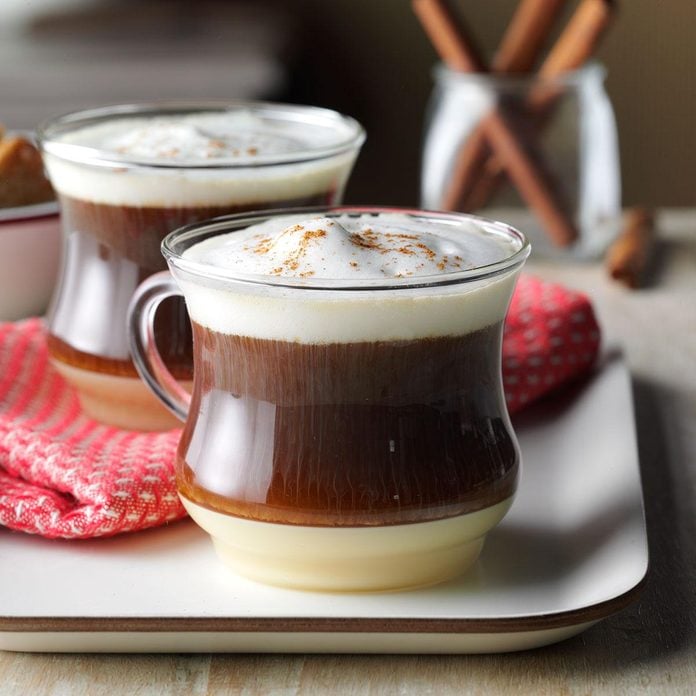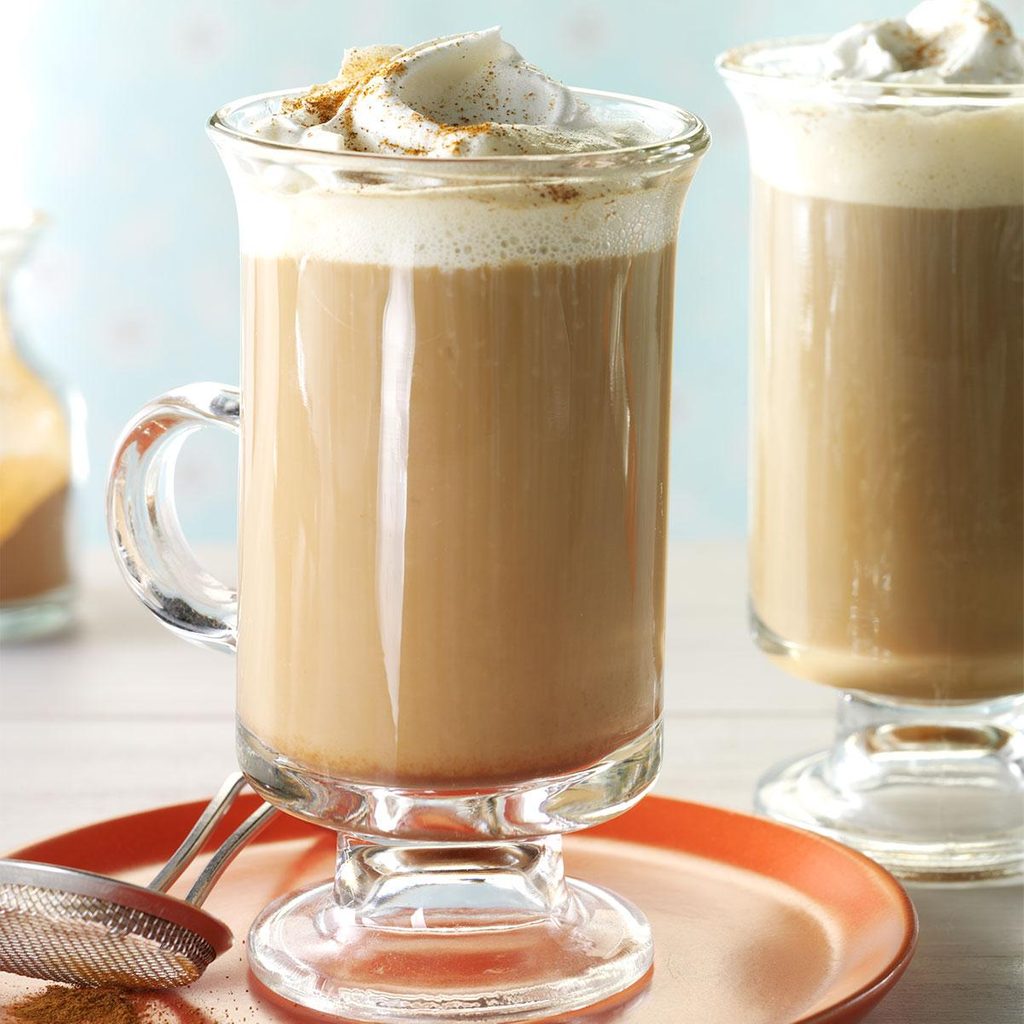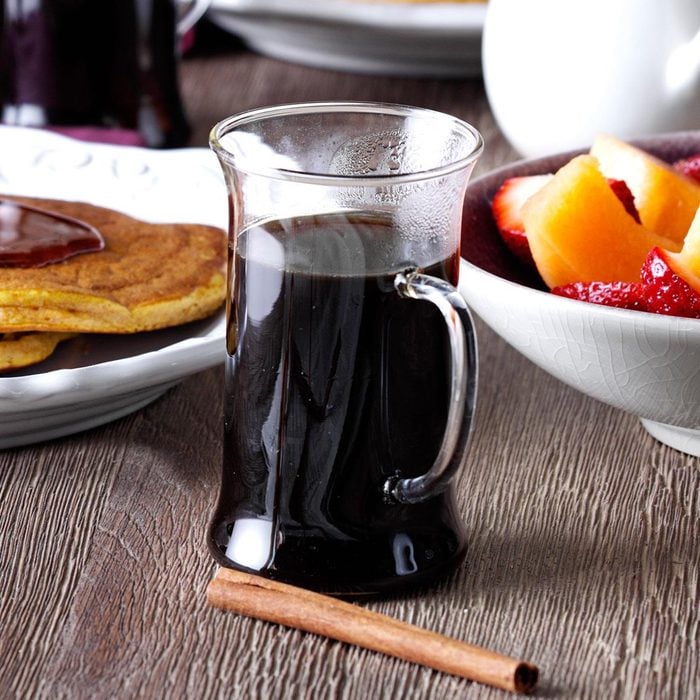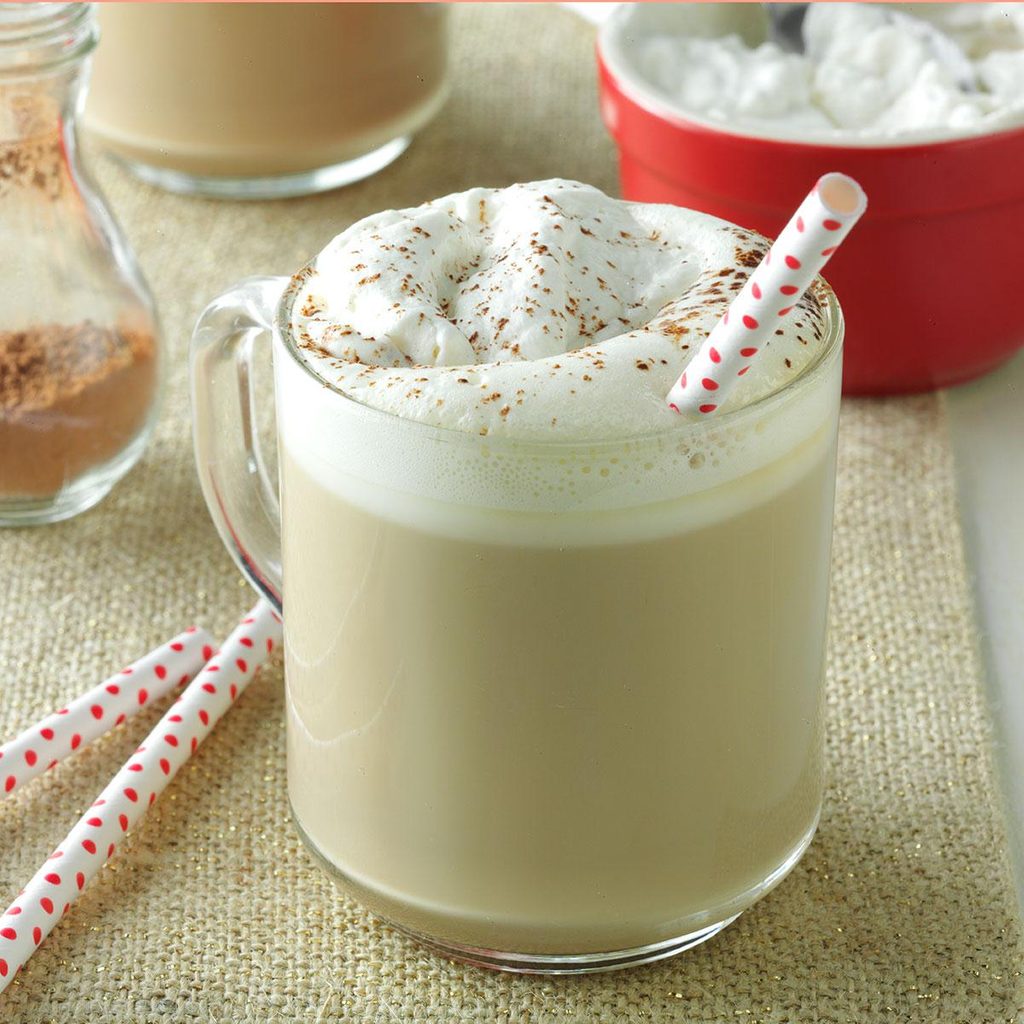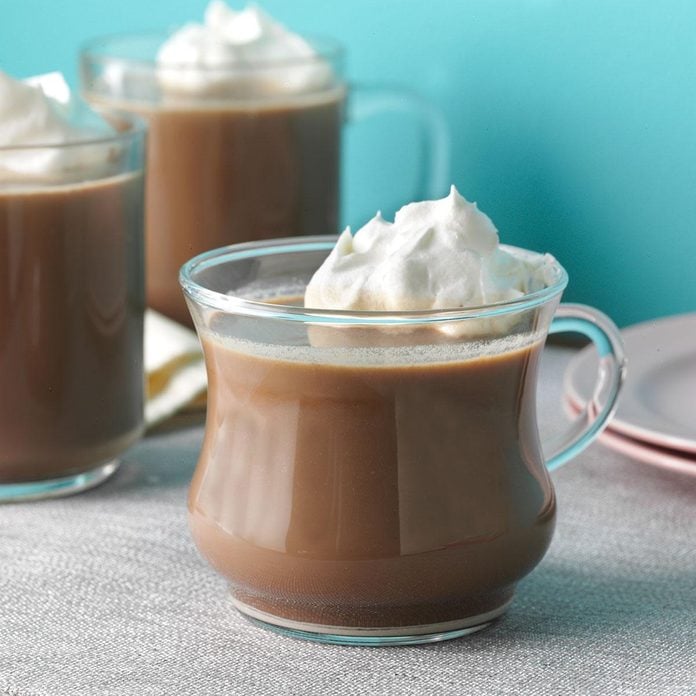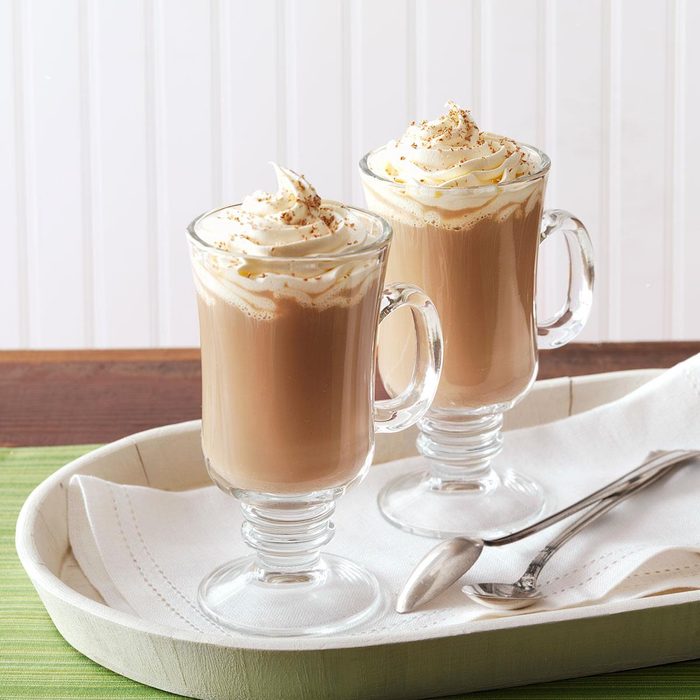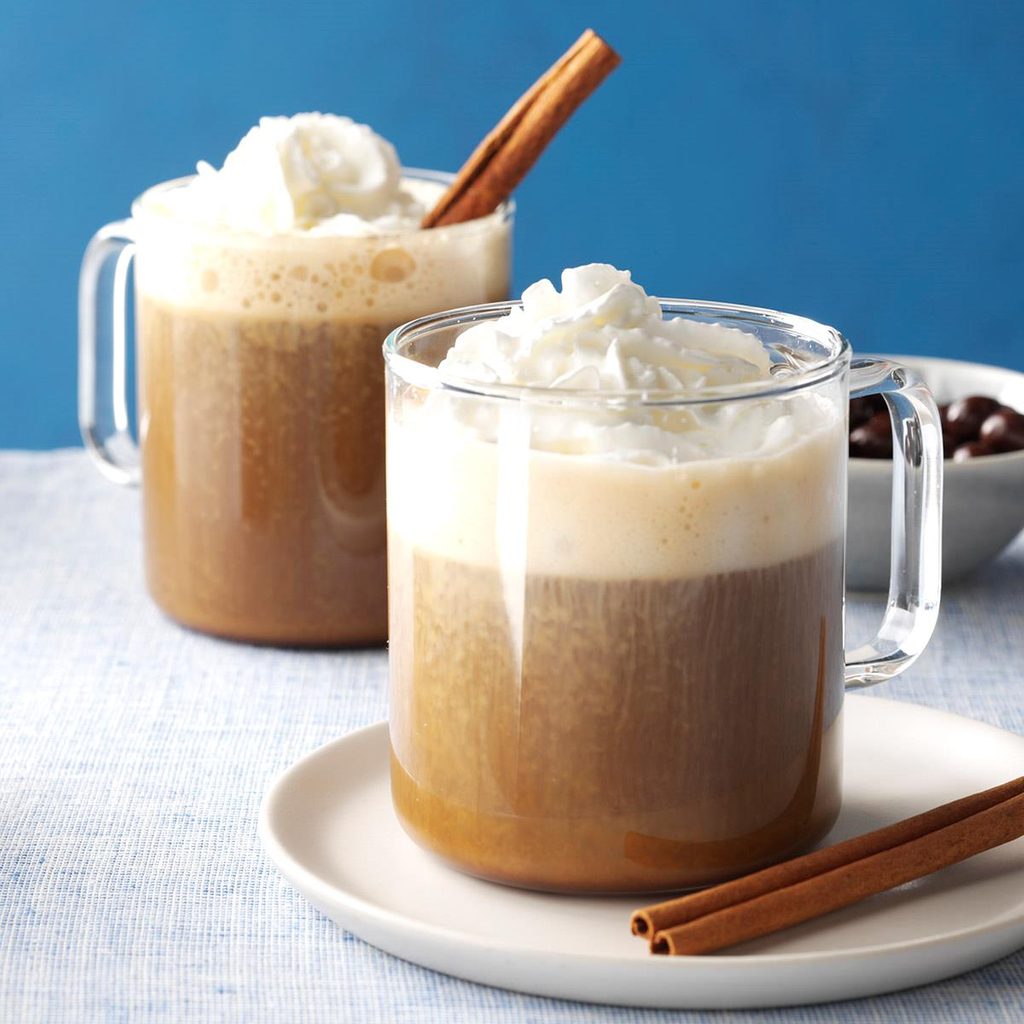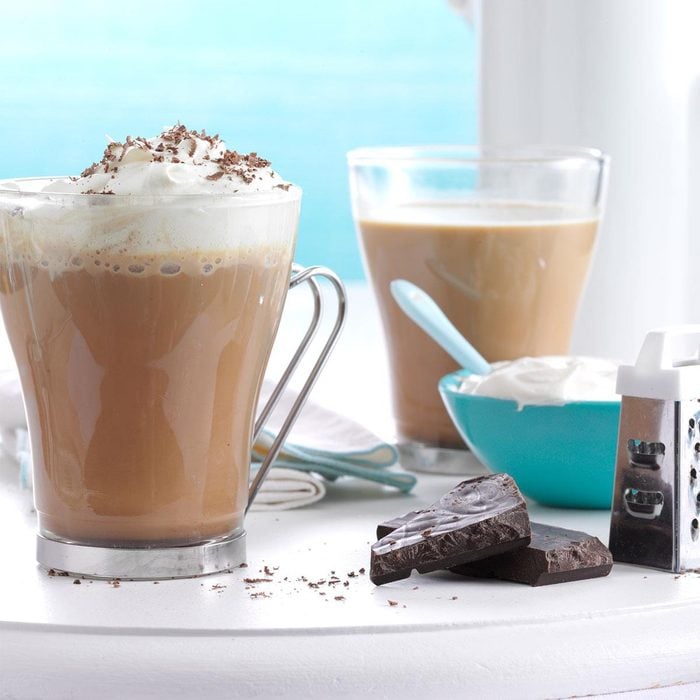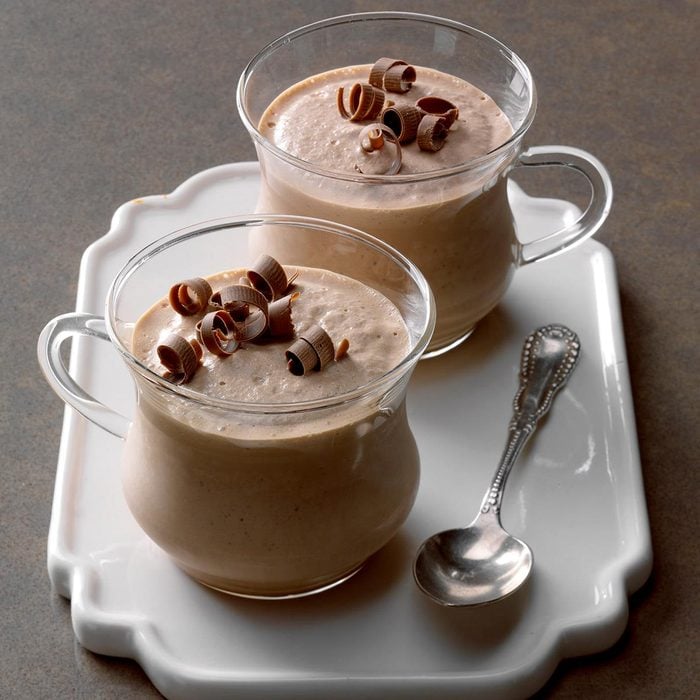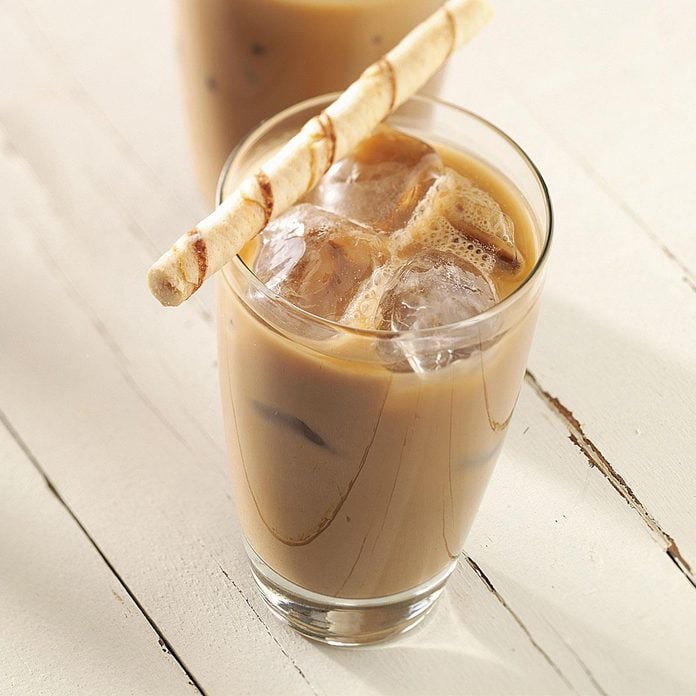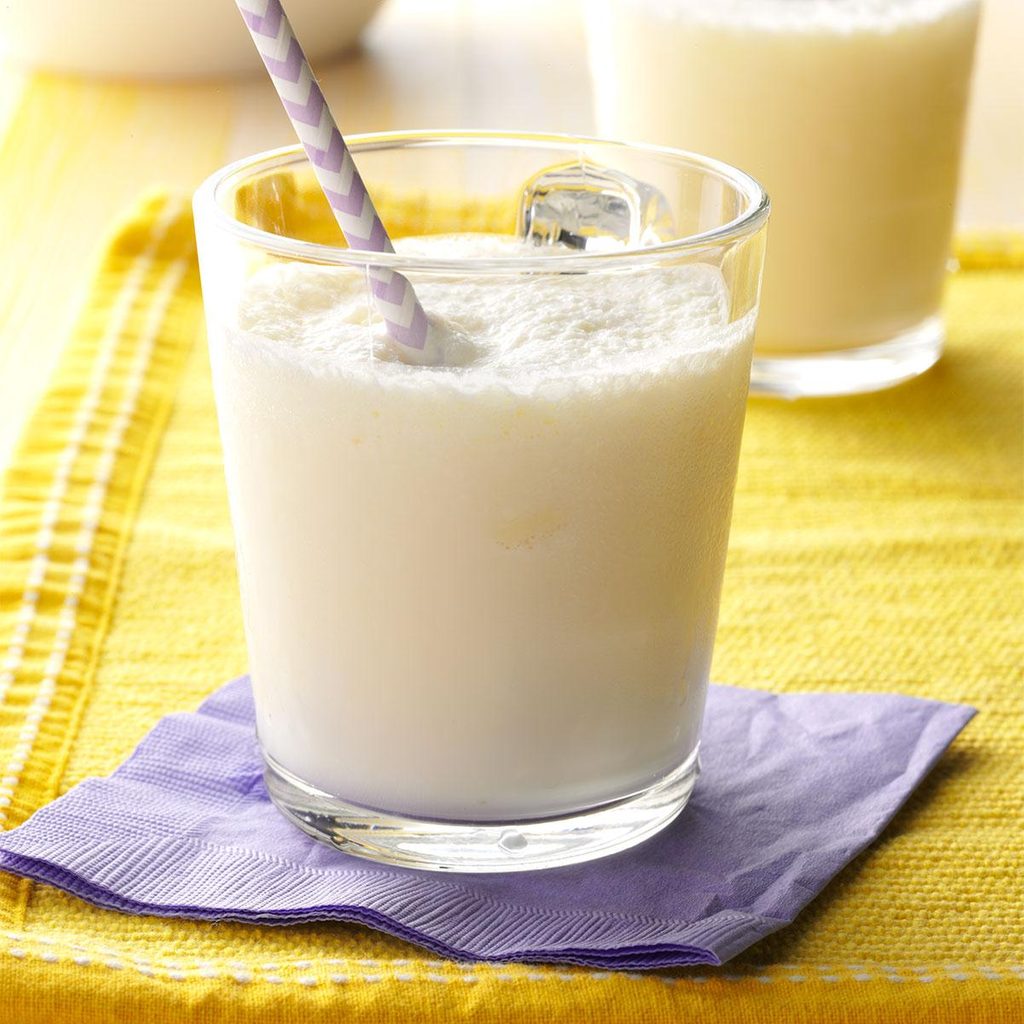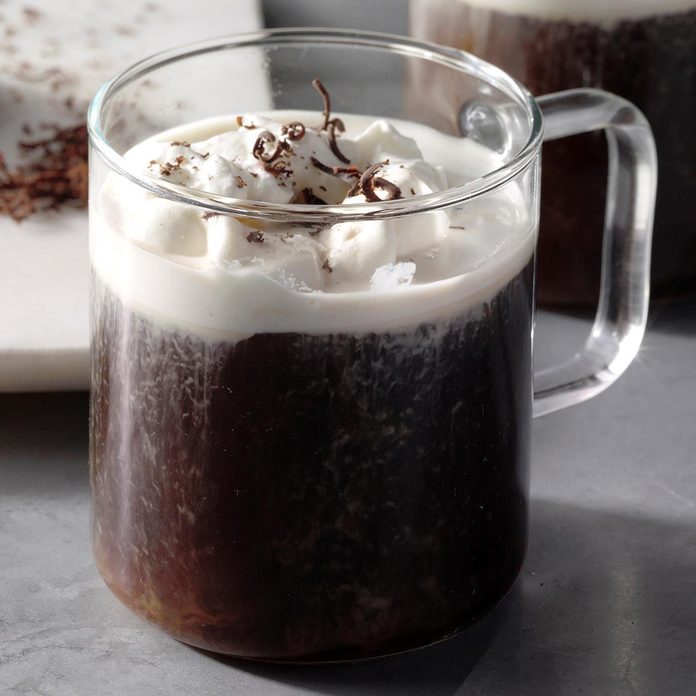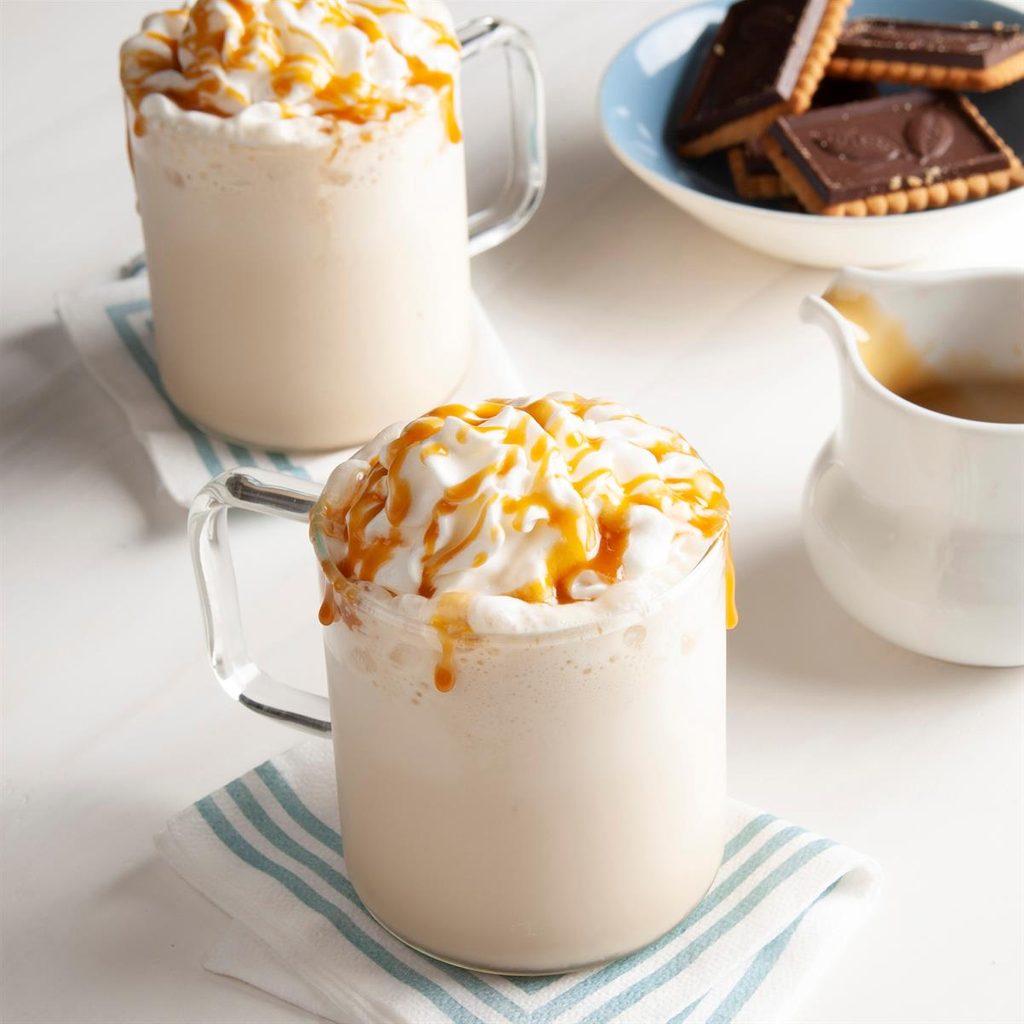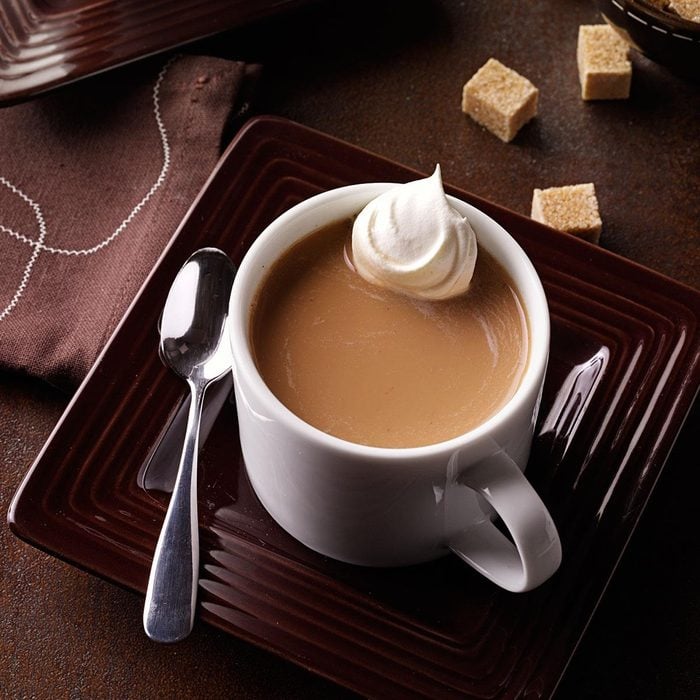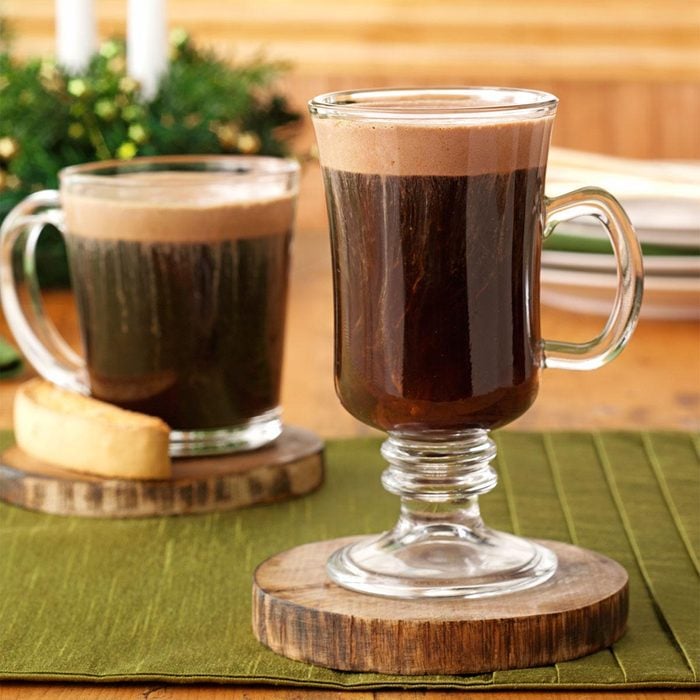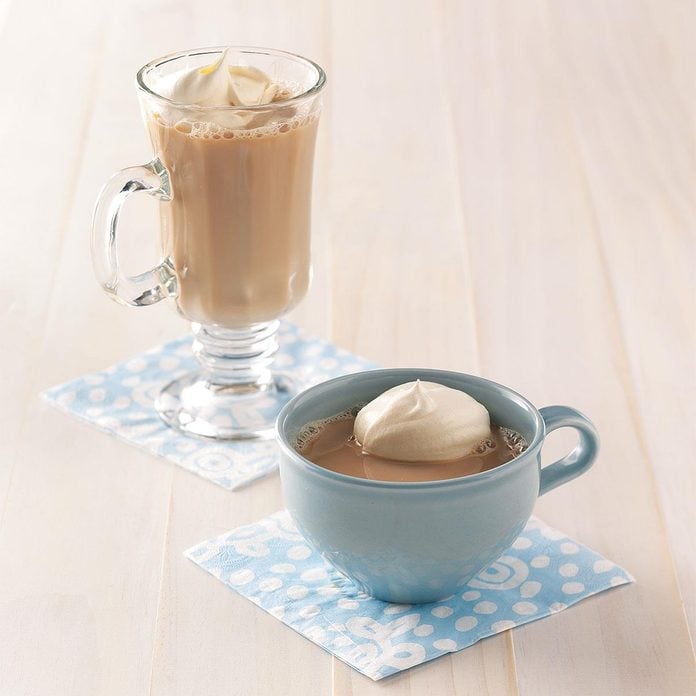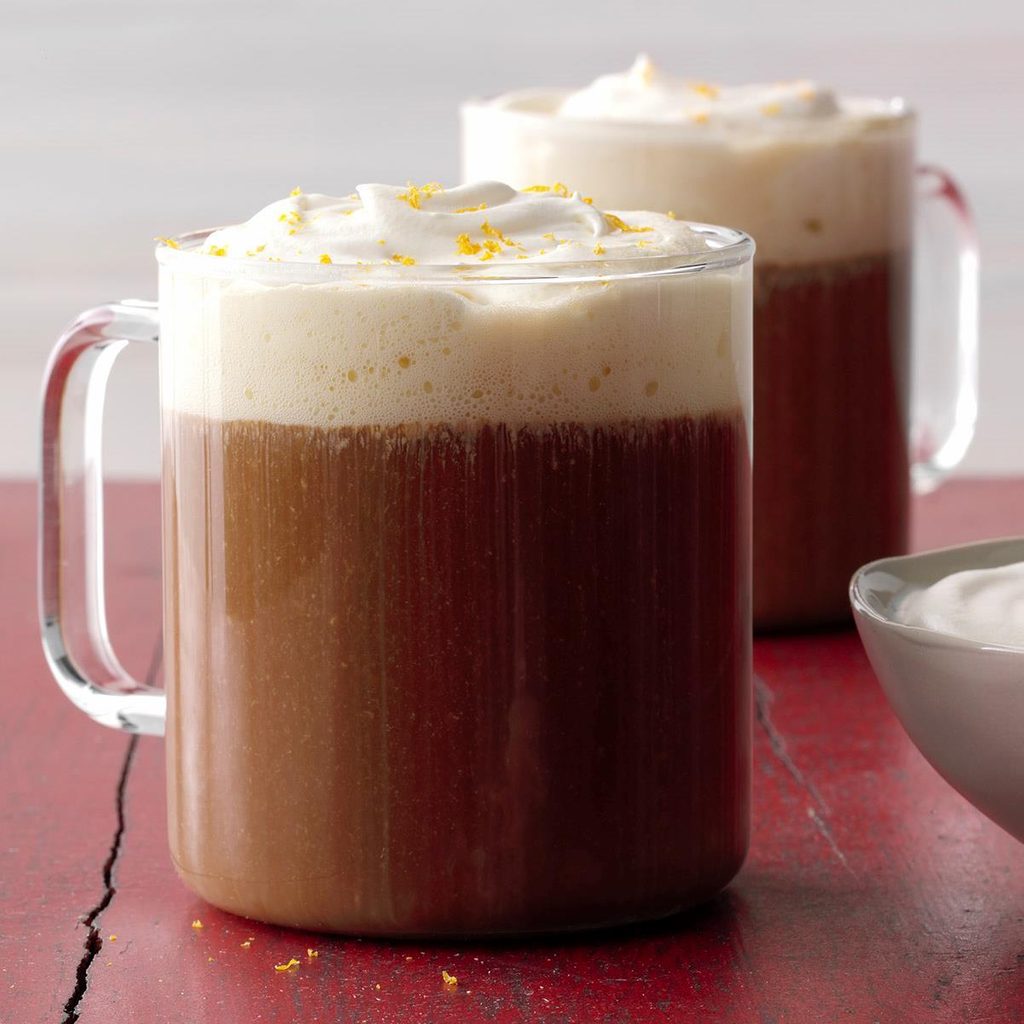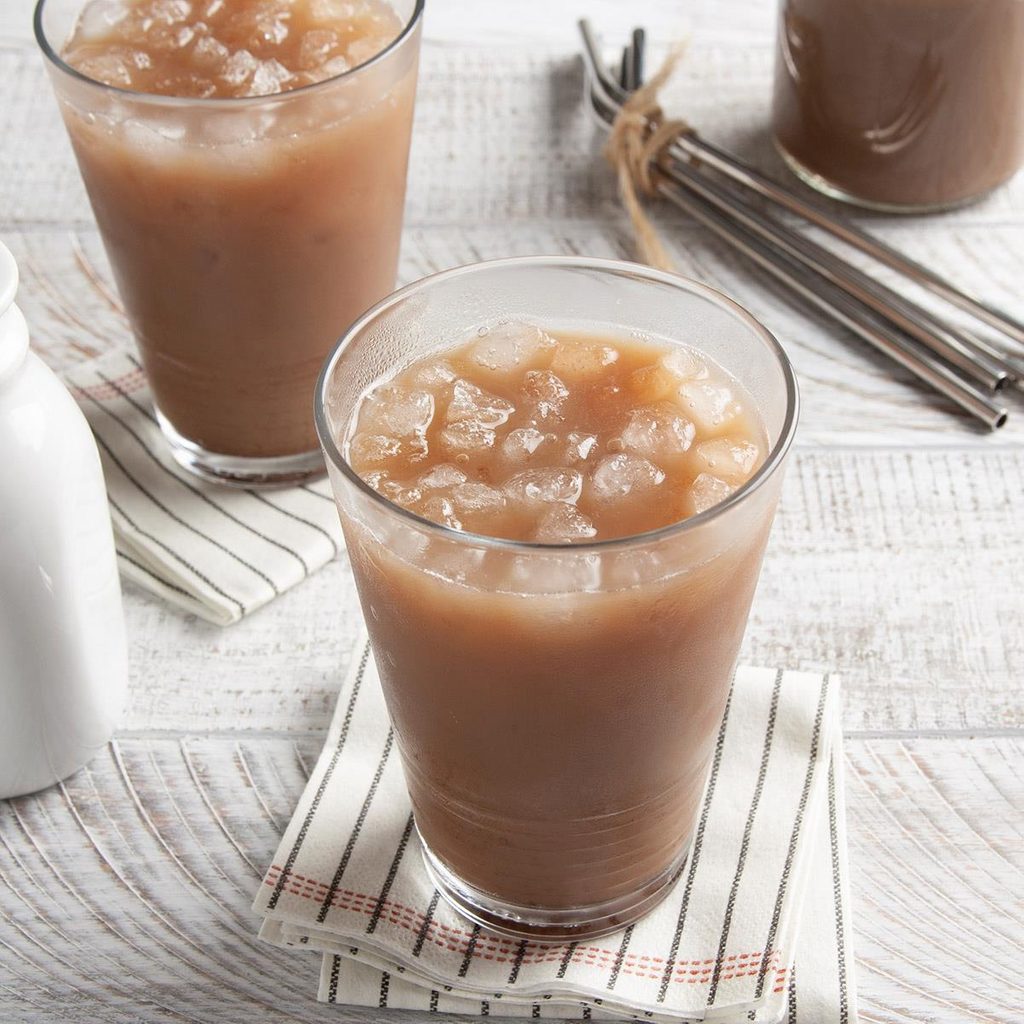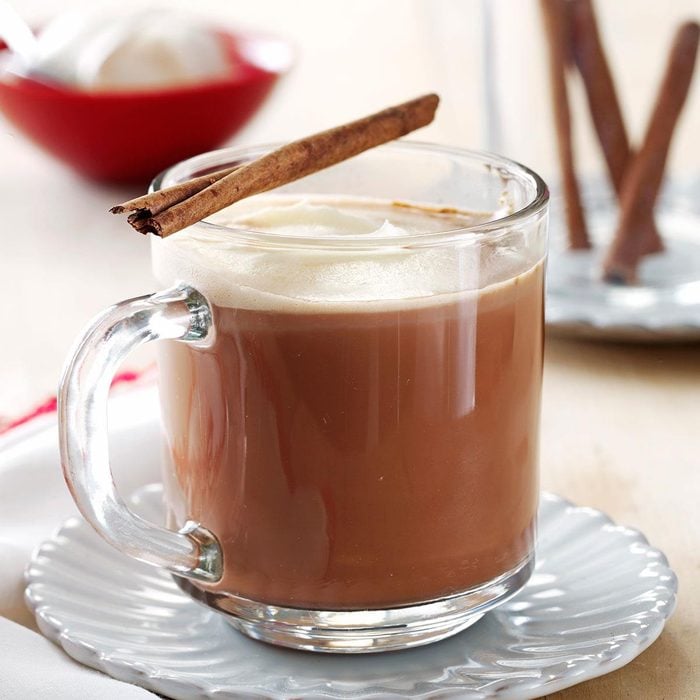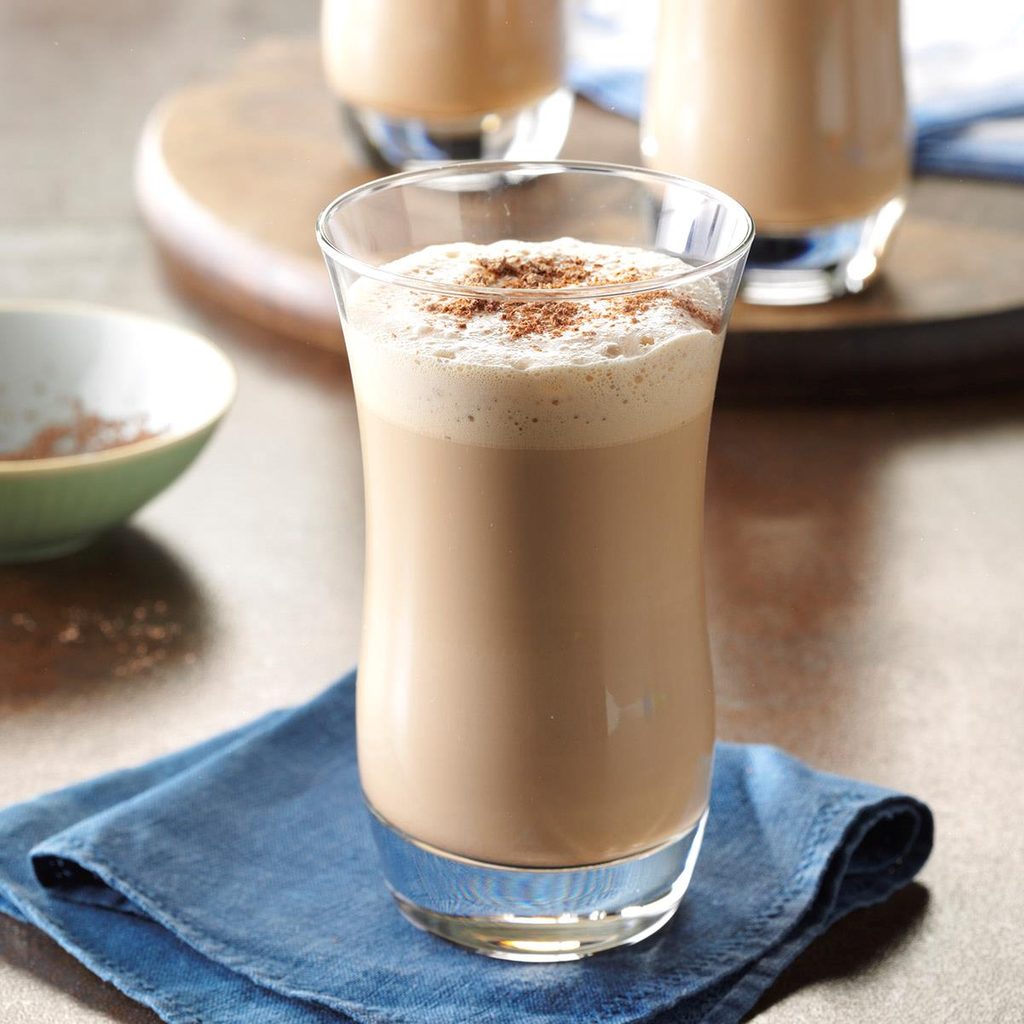It's super easy to make cold brew coffee at home. We share three essentials for smooth, delicious cold brew that's just as good as your favorite cafe's.
How to Make Cold Brew Coffee as Tasty as a Coffee Shop’s
Have you tried cold brew? It’s as refreshing as iced coffee—and almost as trendy as these Starbucks secret menu items. But unlike those drinks, cold brew coffee is wildly easy to make at home, with results that rival those of the best coffee shops.
Or if you rather buy it at the store, our Test Kitchen team found the very best cold brew options to kick start your mornings.
What Makes Cold Brew Different?
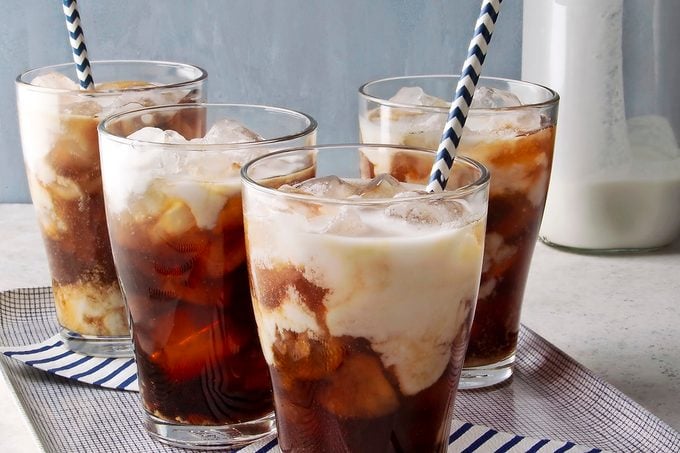
The cold brewing technique reduces the acidity of coffee, which in turn enhances its natural sweetness and complex flavor notes. Even those who take hot coffee with sugar and cream might find themselves sipping cold brew plain.
That reduced acidity is also terrific for those with sensitive stomachs or who just like a smoother brew.
Learn more about different types of coffee and espresso drinks.
Why Is Cold Brew Coffee More Expensive?
When you hit up your favorite café, you’ll likely notice that a cup of cold brew is more expensive than the same sized cup of freshly brewed hot coffee. Why is it so much more expensive? Two factors: Time and materials.
Cold brew coffee steeps for anywhere between 12 and 48 hours, and as we all know time equals money. Also, cold brew coffee requires a greater volume of ground coffee than drip, French press or pour-over coffee. Between the extra time and extra beans, cold brew just costs more to make, so that’s why you’ll pay more.
Before You Brew: Here’s What to Know About Cold Brew
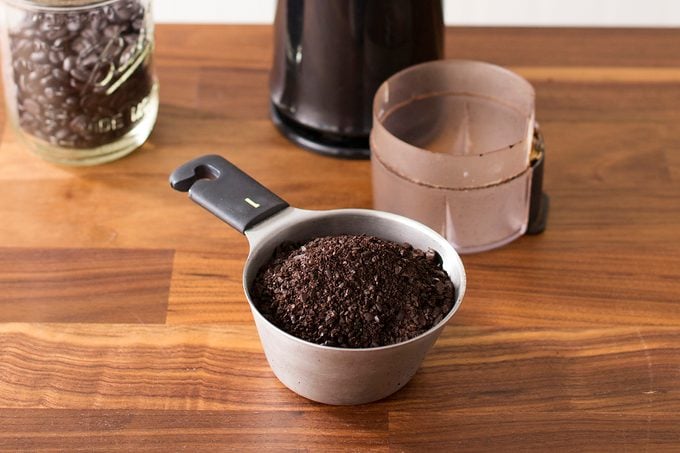
Before you start brewing, there are a few things to keep in mind so you can create the best coffee for you—a cold brew so good, you ditch the cafe for good (OK, maybe you’ll still stop in for a scone).
Pick Your Roast
You can make cold brew at home using any coffee roast you like. However, if you’re new to picking out your roasts, you’ll want to choose carefully. Different roasts have different levels of caffeine, and they can vary in acidity and flavor.
If you’re not sure where to start, grab a bag from your favorite local coffee shop. Snag your favorite roast or ask your barista what option they recommend for cold brew.
Grind the Beans Coarsely
Here’s the only fussy thing about making cold brew coffee: you should take care to use coarsely ground beans. A fine grind can slip through the sieve you use in this method and create a gritty, cloudy end product.
The grind you want is extra coarse—a slightly larger grind than you’d use for a French press or percolator. If you’re buying your beans from a café, simply tell the barista that you’ll be making cold brew; they will know exactly what to do. If you’re using the grinder at the grocery store or at home, opt for the coarsest setting.
Get the Ratio Right
Cold brew is just coffee and water. Simple, right? But search for a cold brew recipe, and you’ll find a huge range of ratios. We’ve seen everything from 1 part ground coffee to 4 parts water, to 1 part ground coffee to 16 parts water. We prefer somewhere in the middle, about 1 part coffee to 8 parts water.
Test Kitchen tip: Just getting started? We recommend making a stronger brew. You can always dilute it with cold water or milk. If you brew it too weak, it’s harder to correct.
How to Make Cold Brew Coffee at Home
You don’t need much to make cold brew coffee at home. Just coffee and water—that’s it! Our Test Kitchen steeps the cold brew in a large Mason jar, but you can use other cold brew coffee makers as well.
- 1 cup coarsely ground coffee
- 6 – 8 cups cold water
- Large (64-ounce) Mason jar
- Mesh sieve
Step 1: Add Cold Water
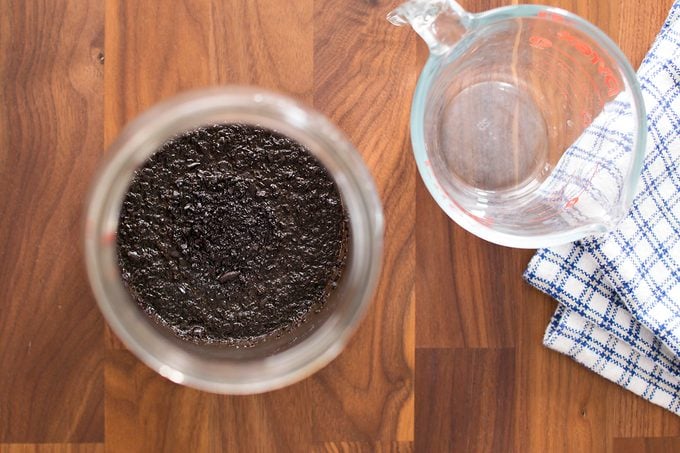
You won’t find a simpler recipe than this: Add your coarsely ground coffee to a large Mason jar (a glass pitcher with a lid also works), then top with six to eight cups of cold water.
Cover the container and refrigerate for at least 12 hours. You can let it sit for up to 24 hours for a stronger brew.
Test Kitchen tip: Some of our Test Kitchen pros recommend blooming your coffee before making cold brew. That means steeping the grounds in a cup of hot water for 10 minutes before topping off with cold water. Some folks think this gives the coffee a more developed flavor. Others prefer this recipe with all cold water. Try it both ways and decide which is right for you.
Step 2: Strain
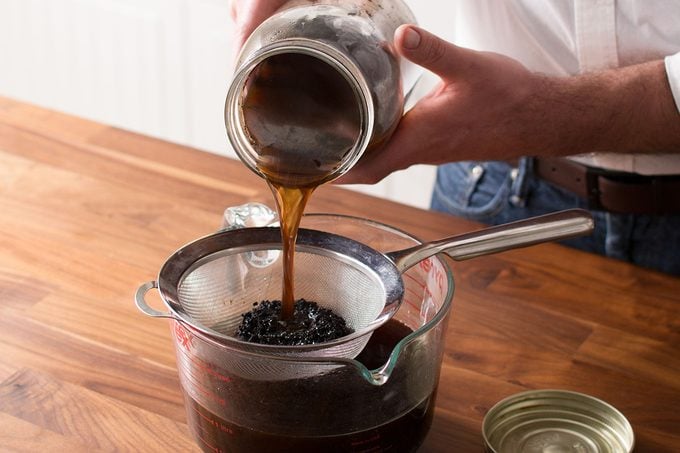
After 12 hours (or more), strain the coffee through a fine-mesh sieve. Discard the grounds. Then, do a second strain, this time pouring the coffee through a coffee filter. This will remove any fine particles or grounds, yielding the smoothest possible cup.
Step 3: Enjoy and Store

Serve the coffee over ice. It’s delicious black or with a dash of milk or cream. If you prefer sugar in your coffee, opt for simple syrup. It’ll mix into your coffee much easier than a spoonful of sugar. You can try these other creative mix-ins or alternative milk options too.
You can store the cold brew, refrigerated, for up to two weeks. Keep it in a pitcher or a large Mason jar.
Test Kitchen tip: Freeze some coffee in ice cube trays. The frozen coffee cubes will chill your beverage without watering it down.
How to Make Cold Brew in a French Press
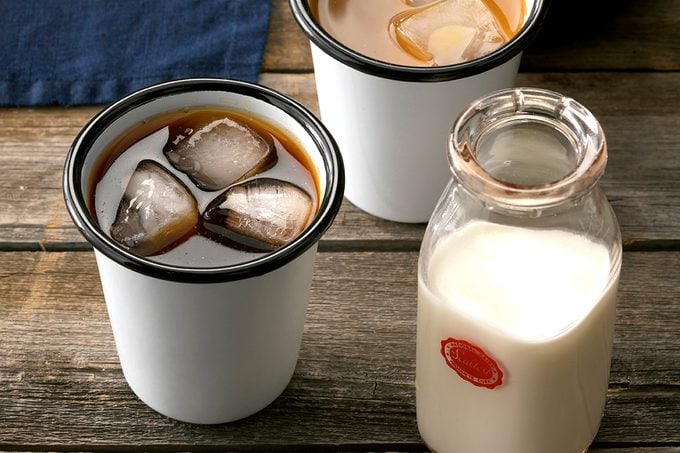 With its built-in filter, a French press makes cold brewing easy. Simply mix the coffee and water in the chamber and then, without pressing the plunger down, place in the refrigerator overnight.
With its built-in filter, a French press makes cold brewing easy. Simply mix the coffee and water in the chamber and then, without pressing the plunger down, place in the refrigerator overnight.
The next day, slowly press the plunger down. Then pour the brew through a coffee filter to remove the fine sediment.
Try These Coffee Shop Copycats




















